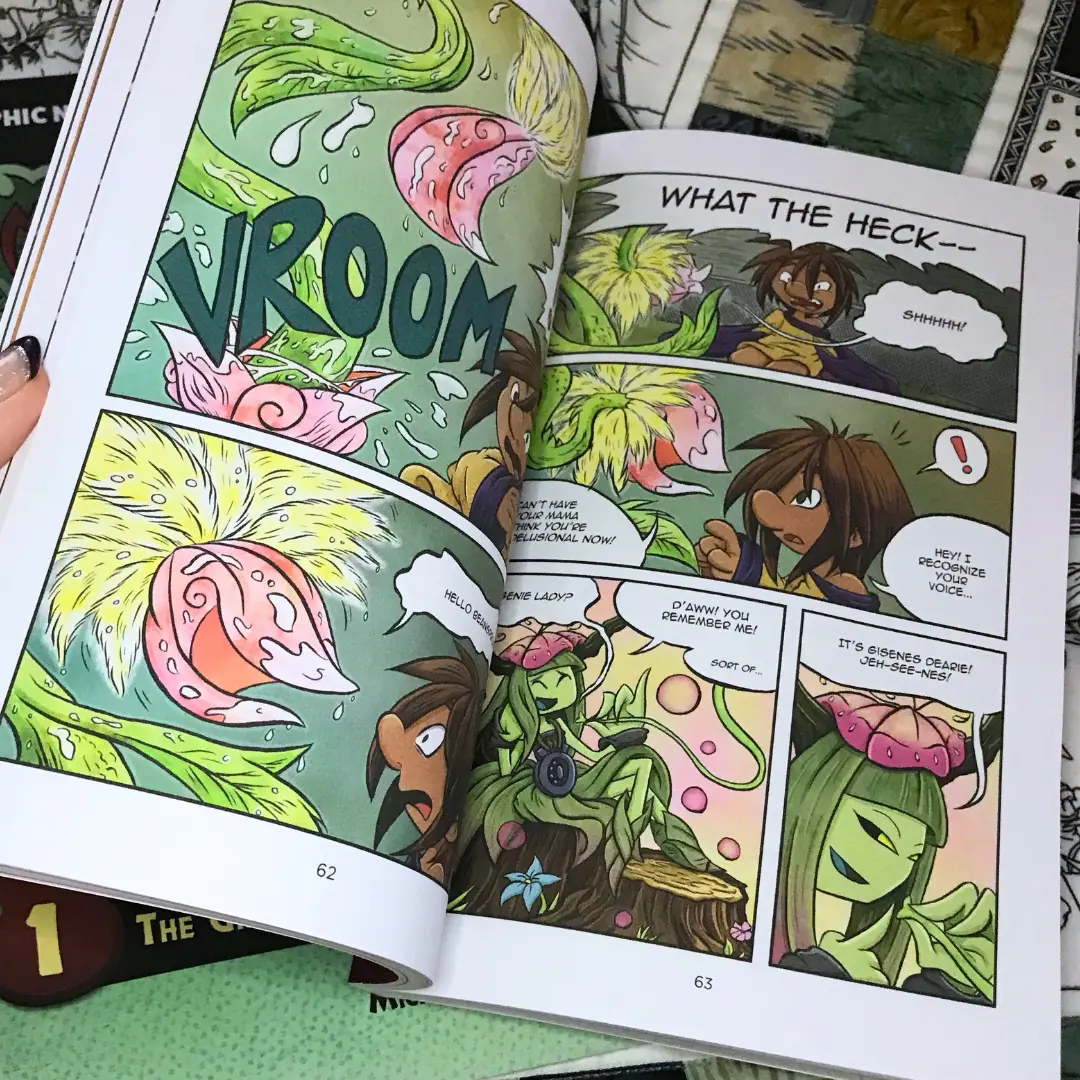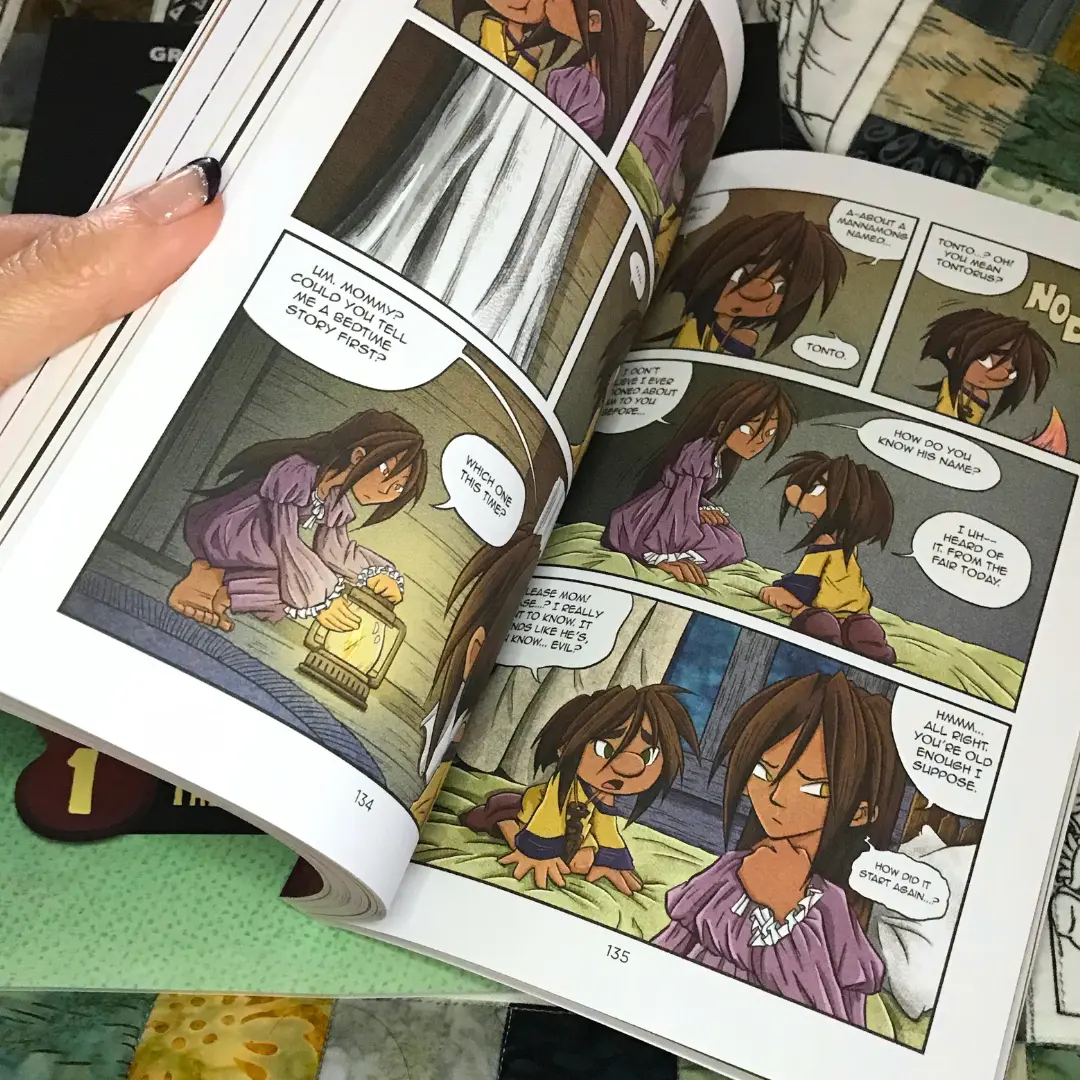The Visual Appeal of Graphic Novels
Enhancing Comprehension Skills
Graphic novels like The Mannamong, are uniquely suited to enhance comprehension skills. The interplay between text and images requires readers to infer meaning, make connections, and understand the sequence of events. This multimodal approach to storytelling helps children develop critical thinking and analytical skills. For instance, interpreting facial expressions and body language in illustrations can deepen their understanding of characters’ emotions and motivations, leading to a richer reading experience.

Building Vocabulary and Language Skills
Encouraging a Love for Reading

Supporting Diverse Learning Styles
Developing Sequential and Narrative Skills

Encouraging Critical Thinking and Interpretation
The layered storytelling in graphic novels encourages critical thinking and interpretation. Readers must piece together the narrative by combining visual and textual information, often filling in gaps themselves. This active engagement with the story fosters deeper cognitive processing and analytical skills. Readers learn to interpret symbolism, recognize themes, and understand subtext, which are essential skills for literary analysis.
Encouraging Critical Thinking and Interpretation

Tips for Parents and Educators
- Select Age-Appropriate Titles: Ensure the graphic novels are suitable for your child's age and reading level. Look for books with positive reviews and awards in children's literature.
- Encourage a Variety of Genres: Expose children to different genres within graphic novels to broaden their interests and knowledge.
- Discuss the Content: Engage with your child about the story, characters, and illustrations. Ask questions that prompt them to think critically about what they have read.
- Combine with Traditional Reading: Use graphic novels as a supplement to traditional reading materials. This can provide a well-rounded reading experience that enhances literacy skills.
- Create a Reading Routine: Incorporate graphic novels into daily reading time. This routine can help establish a consistent reading habit.
Conclusion
Graphic novels are a valuable addition to children’s literature, offering numerous educational benefits that support literacy development. Their visual appeal, ability to enhance comprehension and vocabulary, and their capacity to engage diverse learning styles make them an excellent tool for both home and classroom use. By encouraging a love for reading and fostering critical thinking skills, graphic novels can play a pivotal role in nurturing lifelong readers.
As an author and illustrator of The Mannamong series, I have seen the joy and excitement that graphic novels bring to young readers. By embracing these dynamic and engaging books, we can help children develop the literacy skills they need to succeed academically and beyond. So, whether you’re a parent, teacher, or librarian, consider adding graphic novels to your collection and watch as children discover the magic of reading.







